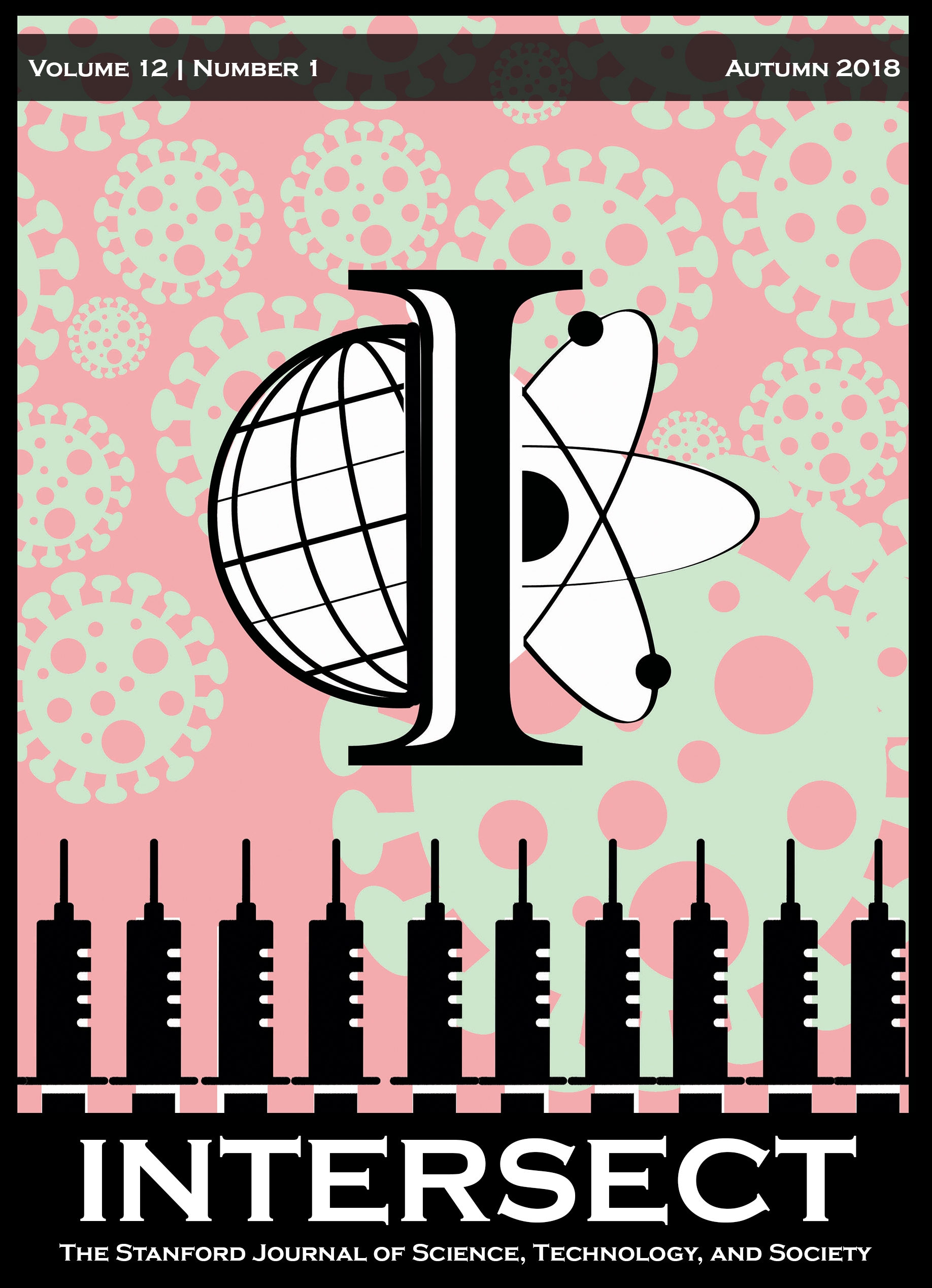More Than Miles: An Analysis of the Different Bicoastal Responses to the Early AIDS Epidemic
Abstract
This paper examines the different bicoastal responses to the early AIDS epidemic that occurred in the early 1980s. Specifically, research is conducted on newspaper articles from The New York Times and The San Francisco Chronicle during this time to study the dissimilar responses in the two major cities on each coast that had large communities with the disease, New York City and San Francisco. The research conducted illustrates that in San Francisco, AIDS was largely a disease affecting MSM (homosexual males) living in a city where they were better tolerated and more vocal as a community than elsewhere in the nation, and physicians, used to taking care of these men, became alarmed by their rates of infection. Consequently, during the first two and a half years of the HIV/AIDS epidemic, San Francisco's political, medical and social responses to the crisis were predominantly more proactive than concurrent reactions in New York City, and this disparity was reflected in the dissimilar content and tone of newspaper articles published in The San Francisco Chronicle and The New York Times between July 3rd, 1981 and December 31st, 1983.
Downloads
Published
Issue
Section
License
Authors who publish with this journal agree to the following terms:- Authors retain copyright and grant the journal right of first publication with the work simultaneously licensed under a Creative Commons Attribution License that allows others to share the work with an acknowledgement of the work's authorship and initial publication in this journal.
- Authors are able to enter into separate, additional contractual arrangements for the non-exclusive distribution of the journal's published version of the work (e.g., post it to an institutional repository or publish it in a book), with an acknowledgement of its initial publication in this journal.
- Authors are permitted and encouraged to post their work online (e.g., in institutional repositories or on their website) prior to and during the submission process, as it can lead to productive exchanges, as well as earlier and greater citation of published work (See The Effect of Open Access).

